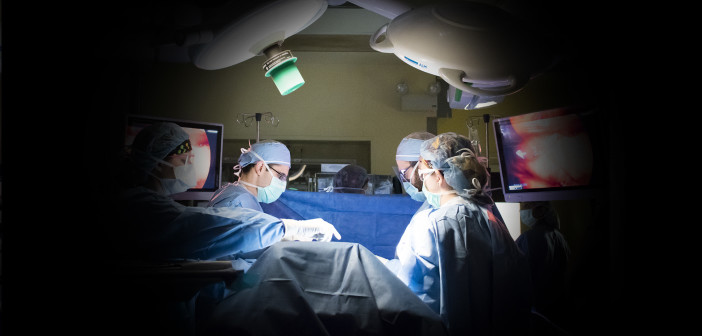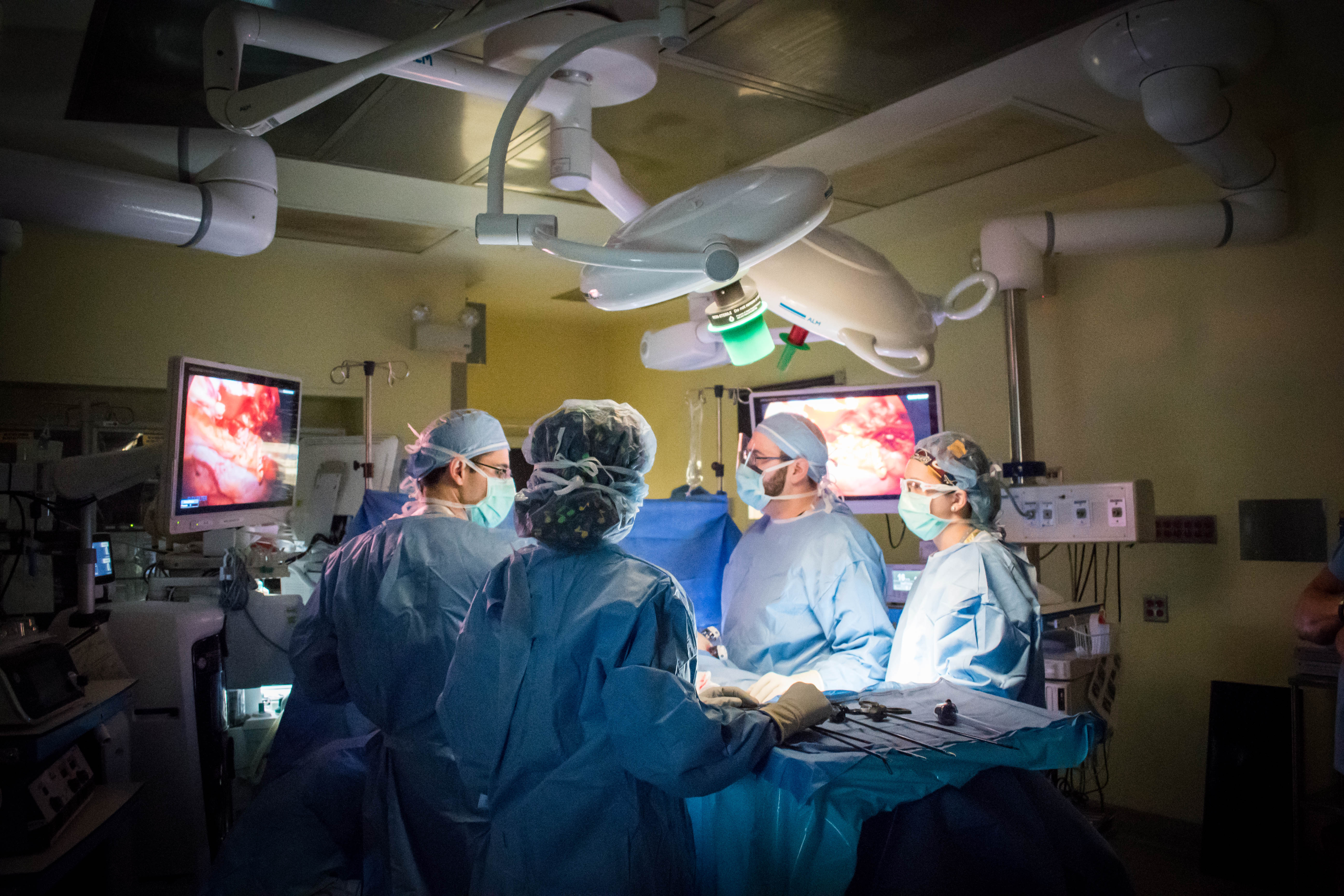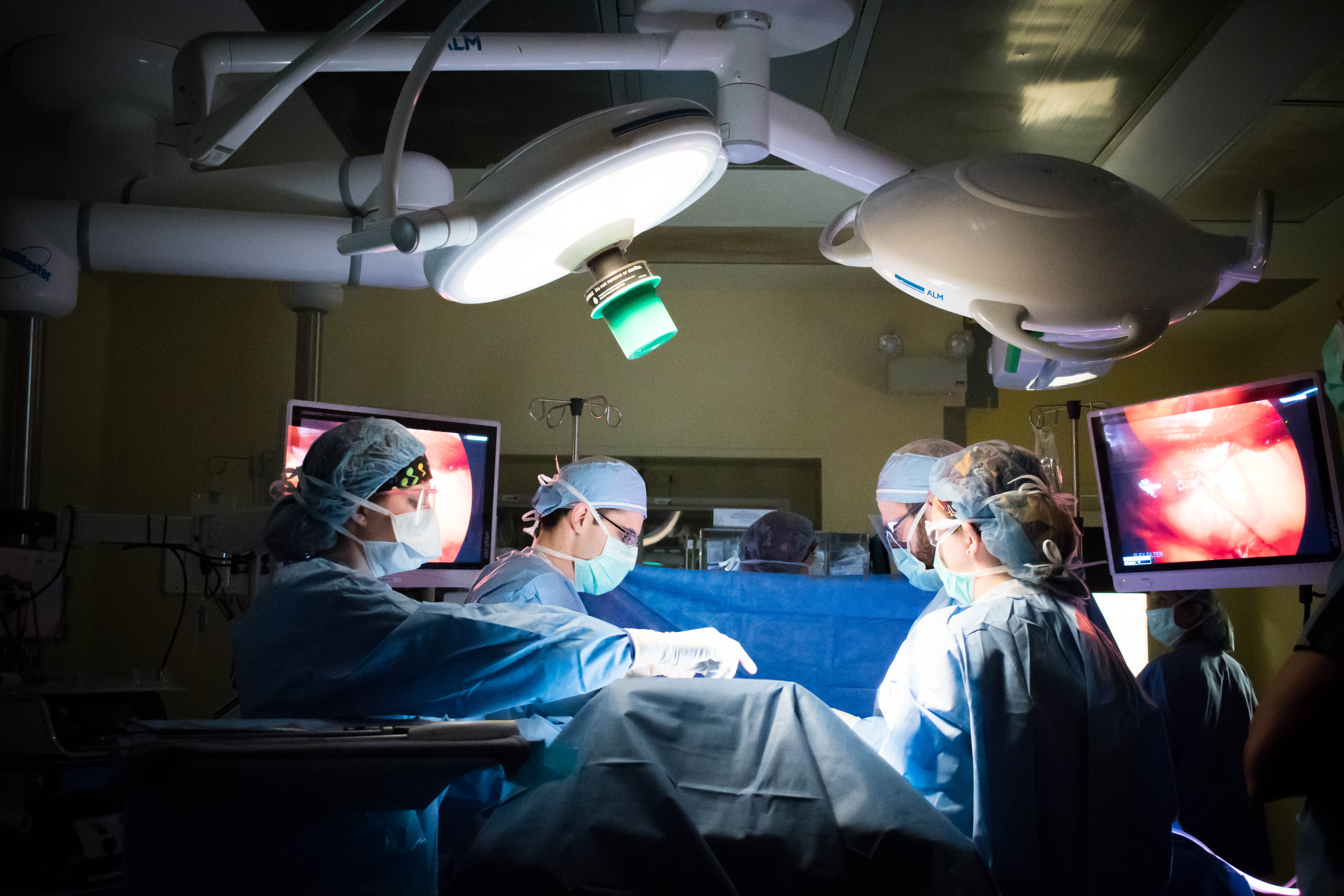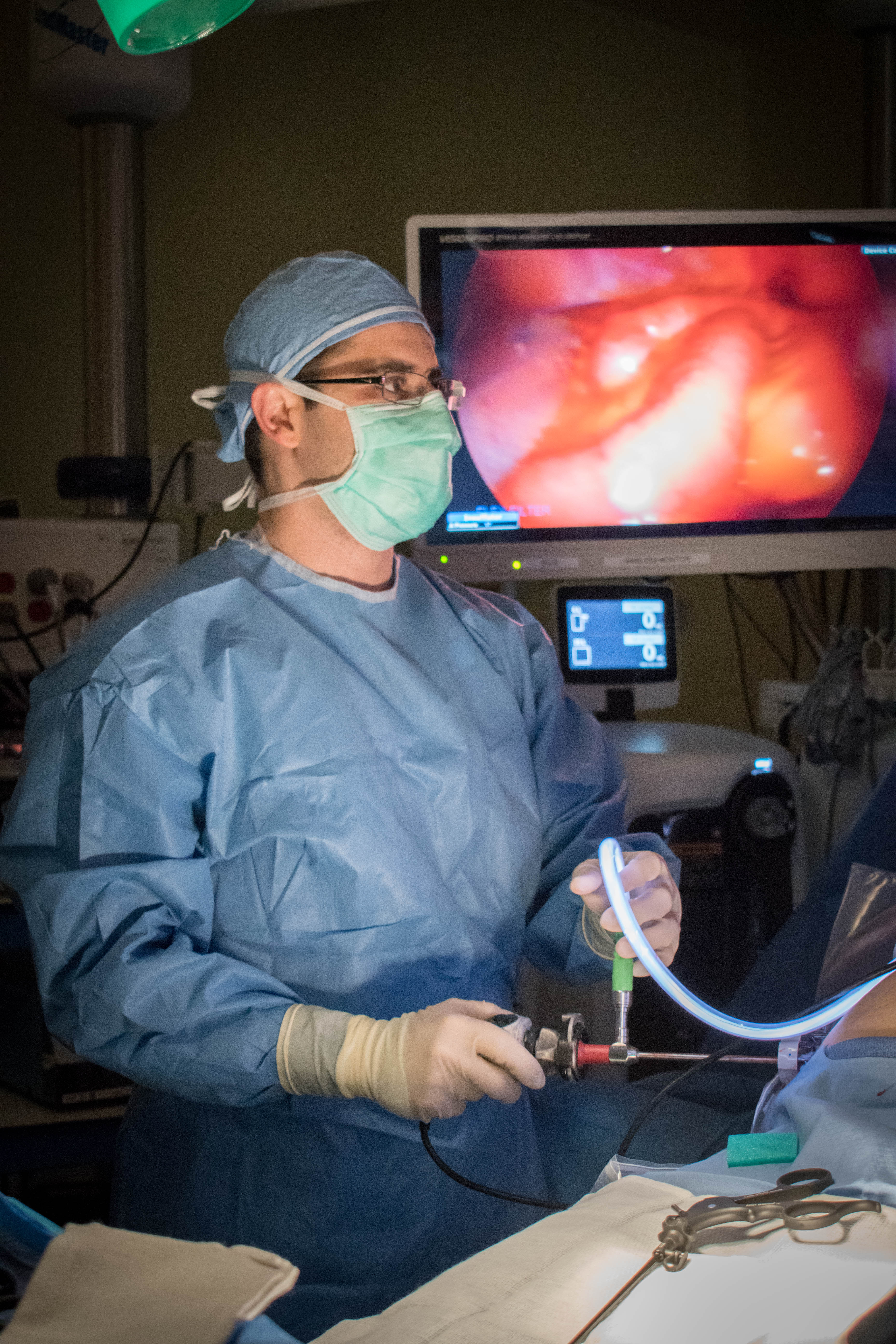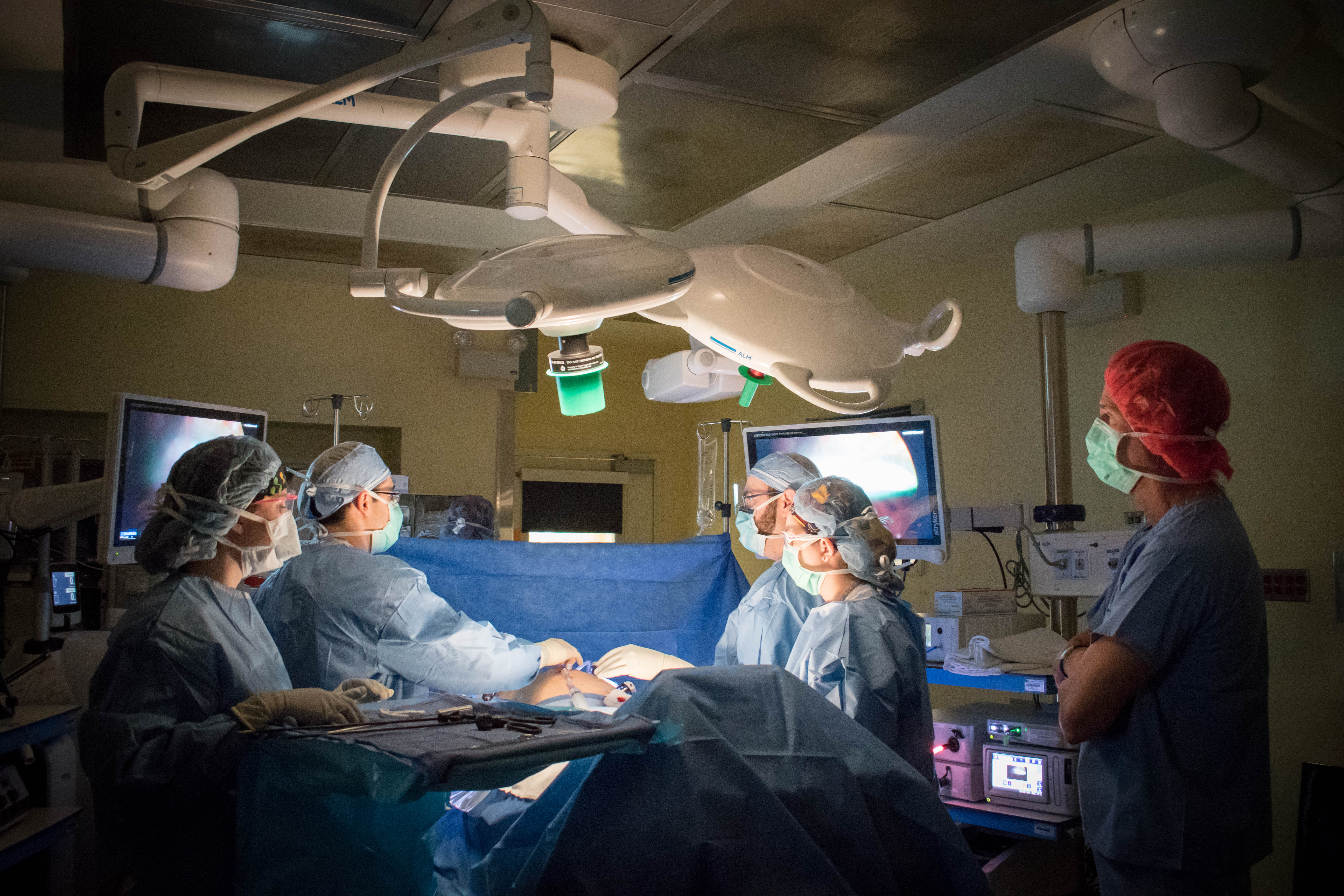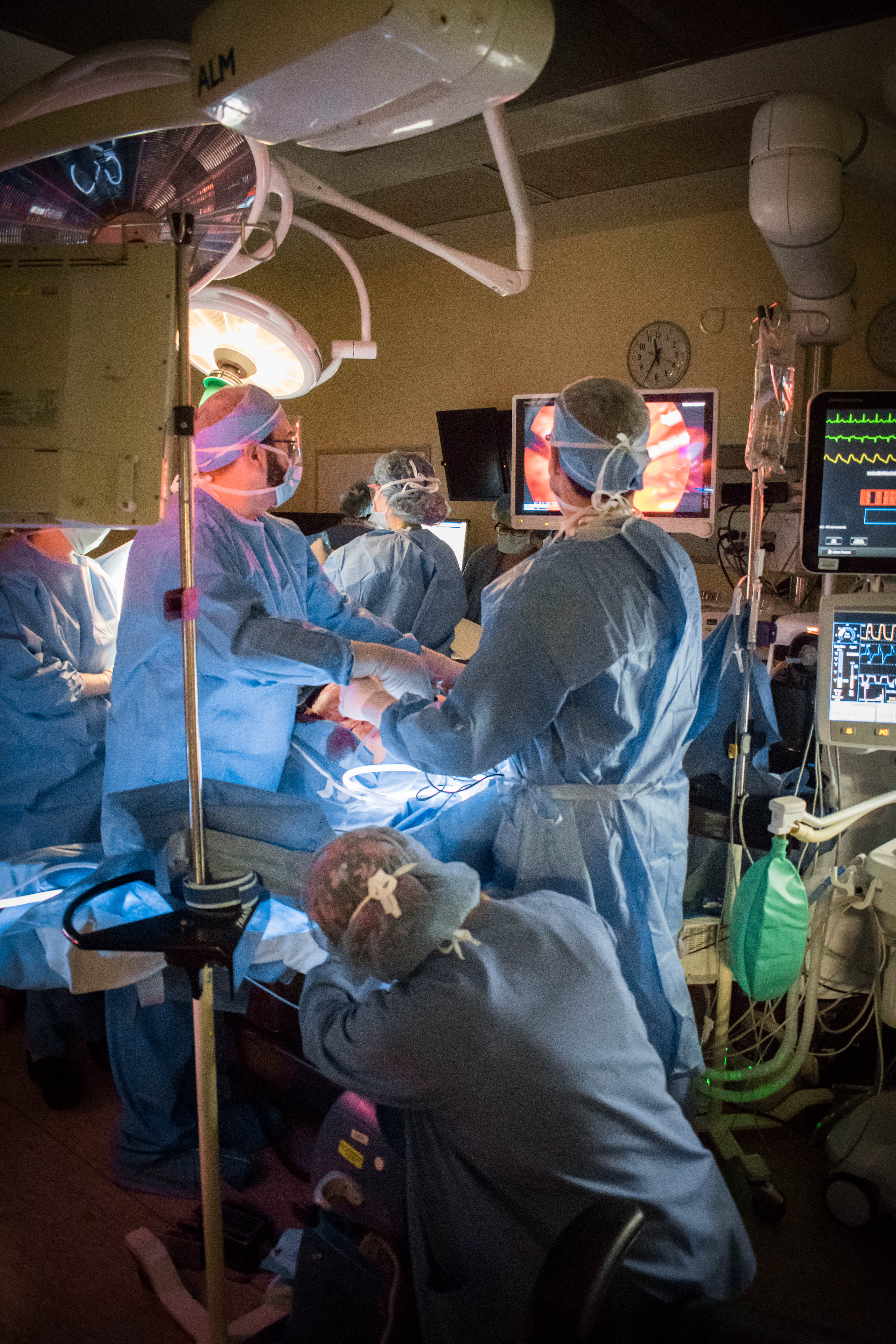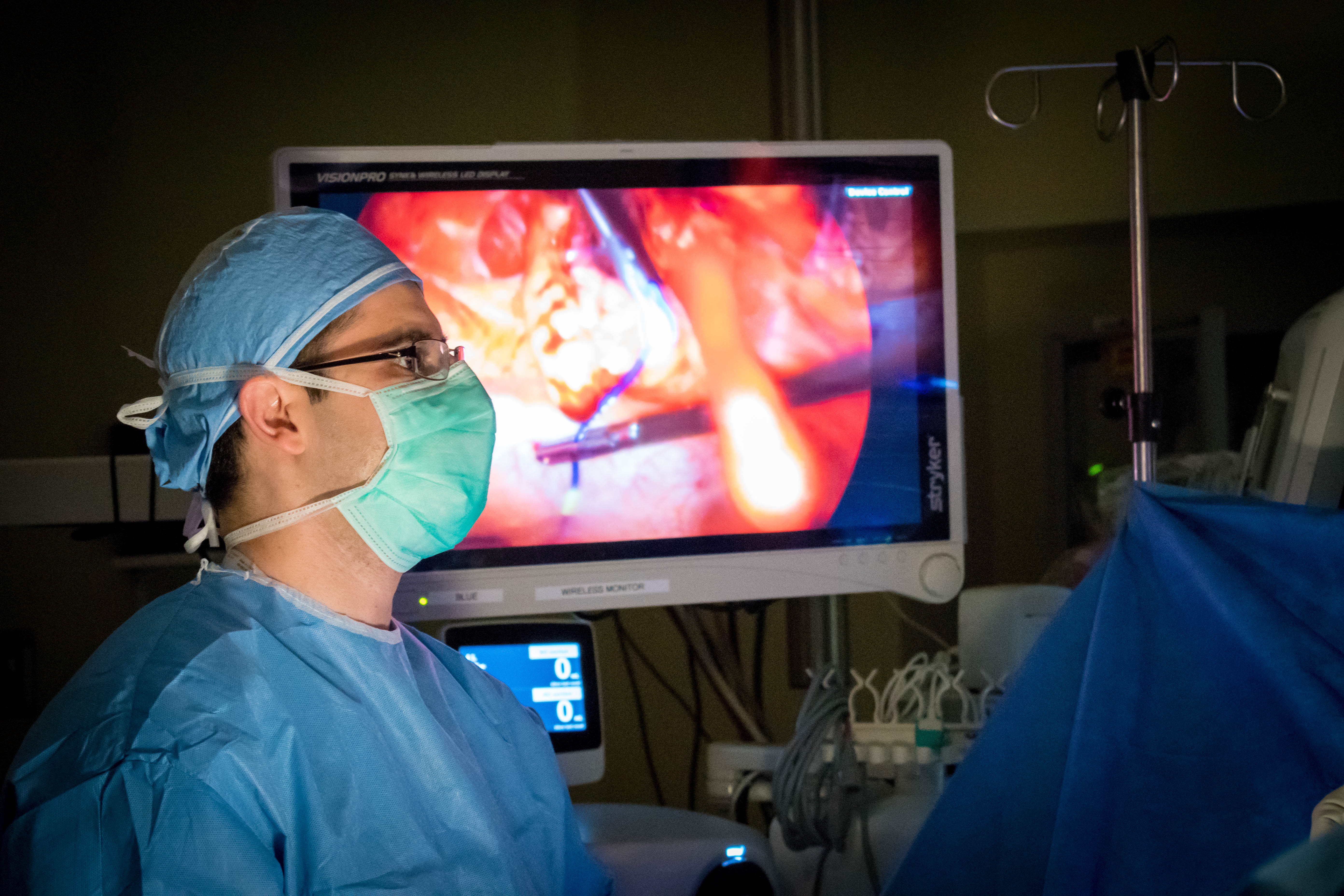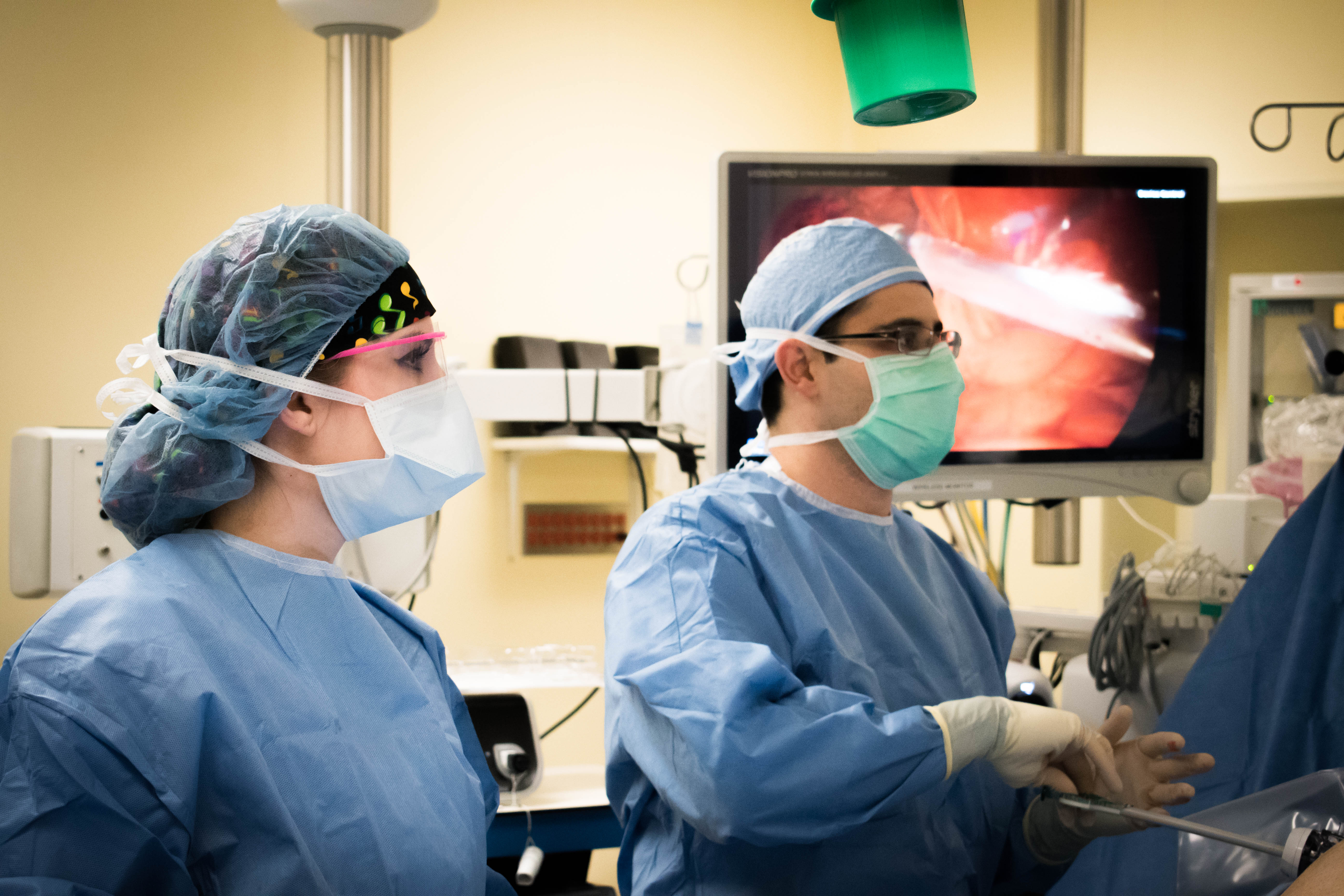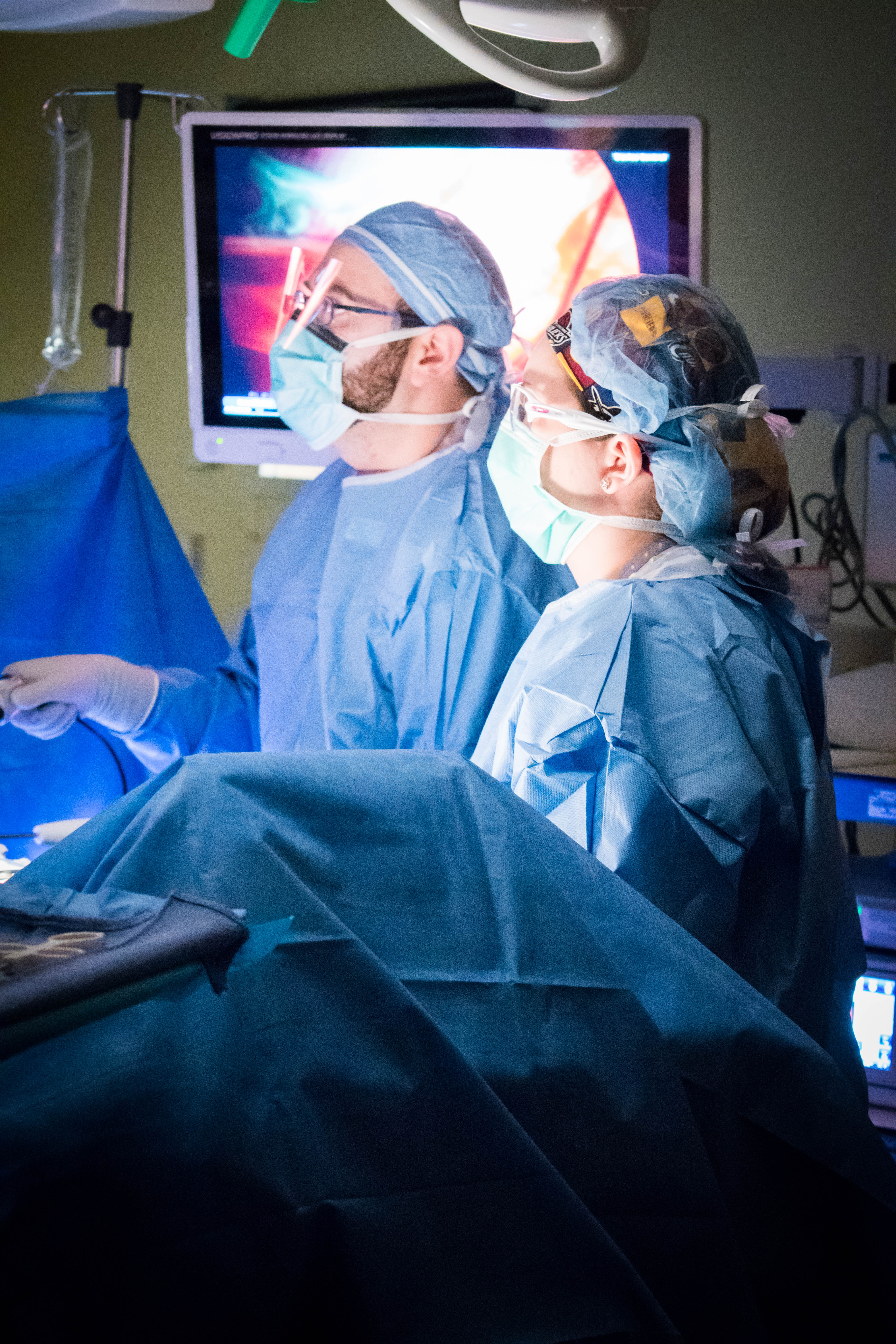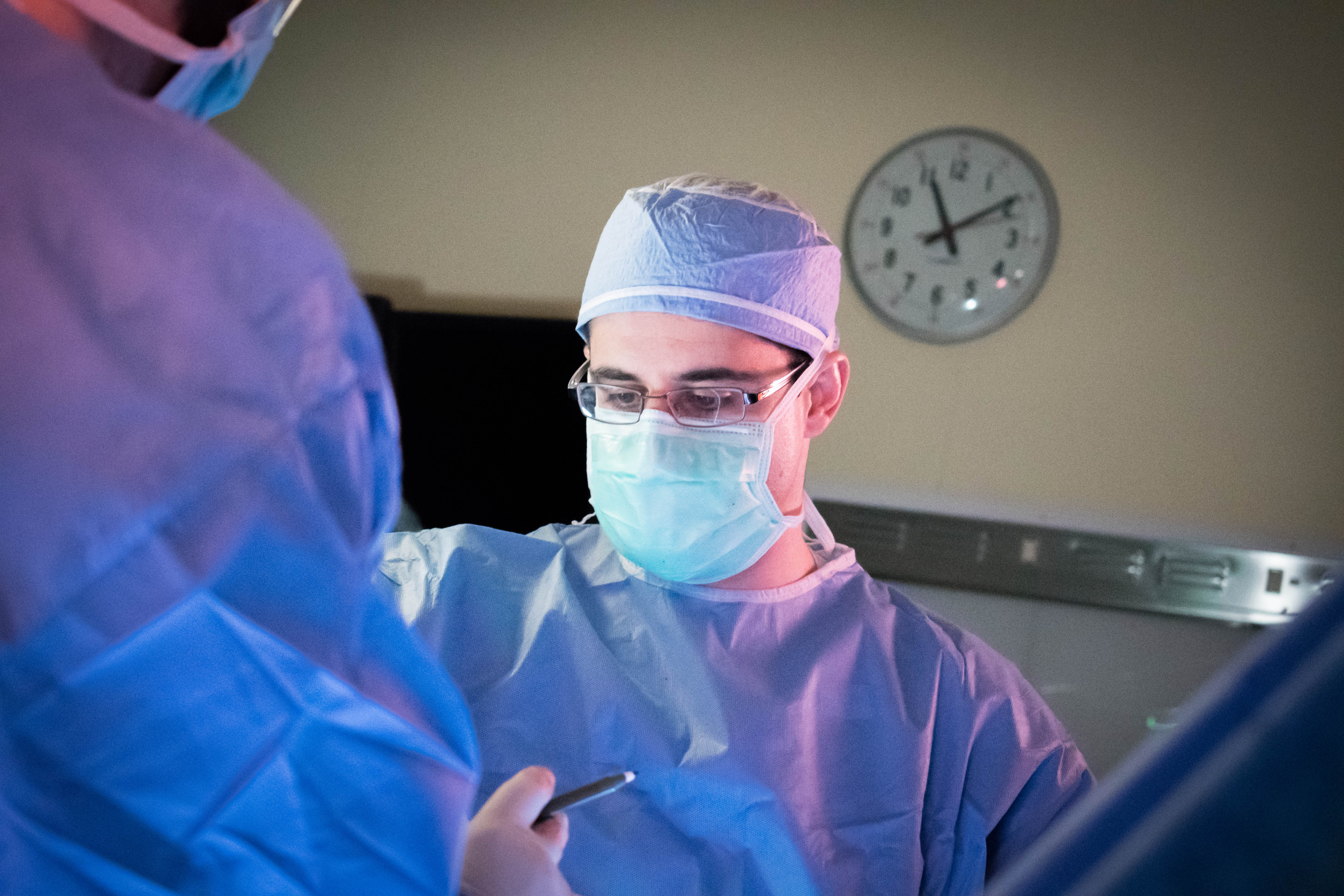For many people, the thought of having surgery is terrifying. So, My City Wellness has “scrubbed in” with talented local surgeons as they performed a variety of procedures – a peek behind the curtain, if you will. Our sincere thanks to doctor Michael Kia, MD for his gracious cooperation in creating this ongoing special section.
Dr. Michael Kia
DO, FACOS, FACS
General and Bariatric Surgery Specialist
CREDENTIALS: A board certified general surgeon, Dr. Michael Kia has fellowship training in minimally invasive and robotic surgery and completed his fellowship in advanced laparoscopic and robotic surgery at the world-renowned University of Texas in Houston. He received his B.S. from the University of Michigan, his medical degree from Touro University in San Francisco, and performed his residency in general surgery through Michigan State University. Dr. Kia is an Associate Clinical Professor of surgery at MSU and a Fellow of the American College of Surgeons and a Fellow of the American College of Osteopathic Surgeons.
Laparoscopic Ventral Incisional Hernia Repair
McLaren Flint
A hernia is a defect in the muscles and tissues of the abdominal wall. The abdominal contents (such as intestines) can push through the defect area, causing a bulge and discomfort. Ventral hernias involve the front of the abdomen, and commonly occur at the site of a previous surgical incision.
During this procedure, the surgeon makes about 3-4 small incisions in your abdomen. A port (small hollow tube) is inserted into one of the incisions, and the abdomen is inflated with carbon dioxide gas to allow the surgeon to see inside the abdomen more easily. Through another port, a laparoscope is inserted. The laparoscope looks like a telescope with a light and camera on the end that shows the surgeon inside the abdomen. Surgical instruments are inserted through the other small openings and used to repair the ventral hernia.
Due to the less invasive nature of this procedure, the laparoscopic method is a better approach over traditional open abdominal hernia surgery. The infection rate is significantly lower and recovery time is typically shorter.
When considering having this surgery, a patient should be aware that although it is done through small incisions, there can be some pain for the first few weeks associated with securing the mesh to the abdominal wall. Unless the hernia is very large, most of the surgeries are done on an outpatient basis. Typically, patients will need about 3-4 weeks off work if there is lifting or a lot of heavy work involved.
Dr. Kia has performed this surgery hundreds of times with great success. However, the average rate of reoccurrence of hernias can still be about 5-20% depending on the individual’s health and behavior habits, like smoking or obesity.
Due to the less invasive nature of this procedure, the laparoscopic method is a better approach over traditional open abdominal hernia surgery. The infection rate is significantly lower and recovery time is typically shorter.
Photography by Jennifer Hodney

